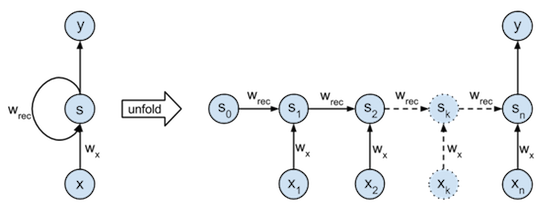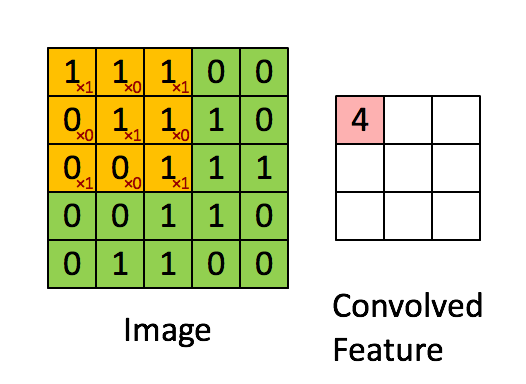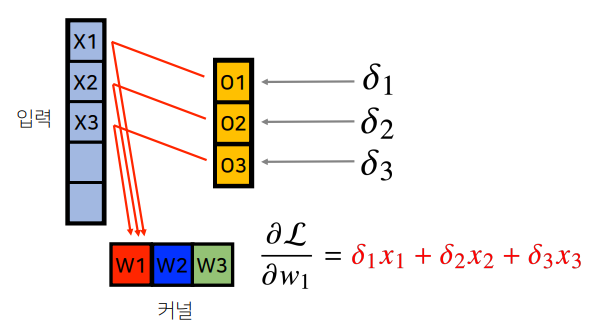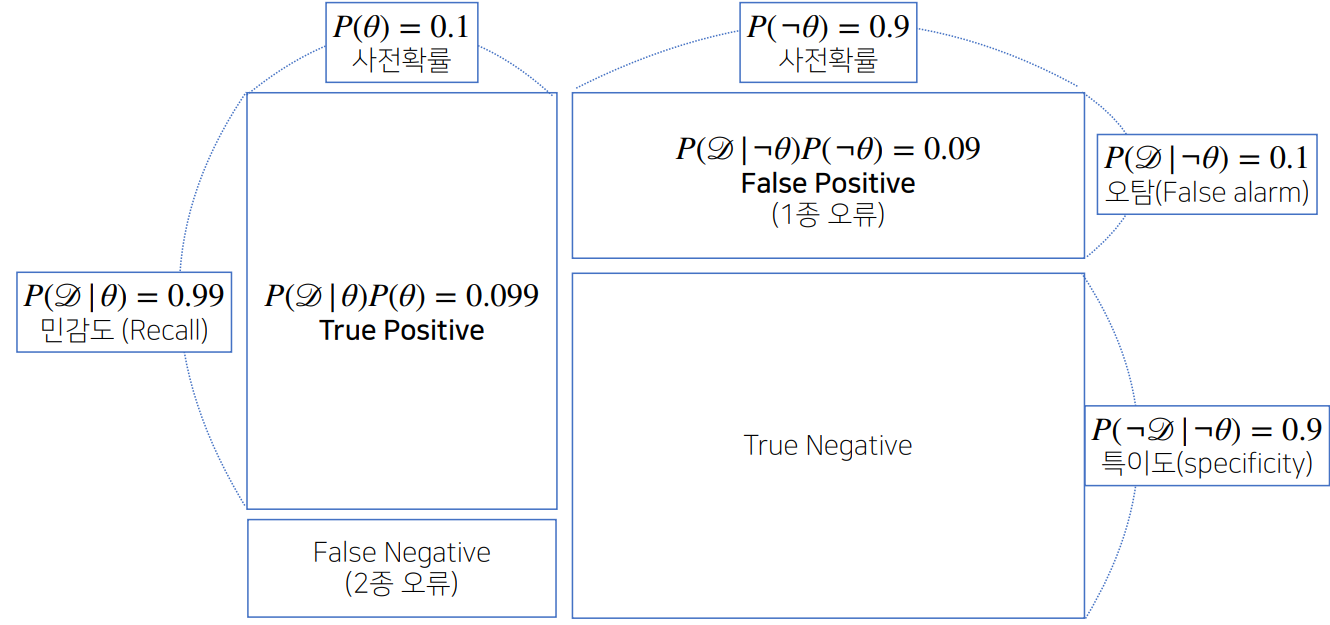2. 유용한 torch 함수들
- torch의 내장함수들 중 자주 쓰일만한 녀석들의 정리글이다
pytorch 공식문서 - 링크
- Tensors
- Creation Ops
- indexing, Slicing, Joining, Mutating
2.1 Tensors
- is_*
- 데이터 형태가 tensor인지 판단, tensor의 내부 데이터 등의 여러가지 판단을 하는 함수
1
2
3x = torch.tensor([0])
is_tensor(x) # True
is_nonzero(x) # False, input : single element tensor
- 데이터 형태가 tensor인지 판단, tensor의 내부 데이터 등의 여러가지 판단을 하는 함수
- torch.numel(x)
- 전체 element가 몇개인지 출력하는 함수
1
2a = torch.randn(1, 2, 3, 4, 5)
torch.numel(a) # 120
- 전체 element가 몇개인지 출력하는 함수
2.2 Creation Ops
- torch.from_numpy
- ndarray를 torch.Tensor로 바꾸는 함수
- torch.zeros(size), empty(size), ones(size)
- 0, 빈, 1로 이루어진 tensor를 size 형태로 생성하는 함수
- numpy와 같은 기능을 한다
- torch.zeros_like(tensor), empty_like(tensor), ones_like(tensor)
- tensor의 size를 가진 0, 빈, 1로 이루어진 tensor를 생성하는 함수
- numpy와 같은 기능을 한다
- torch.arrange(start, end, step)
- numpy의 arrange와 같은 기능을 하는 함수
- start 부터 end 까지 step마다의 수를 가진 1D-tensor를 생성한다
- torch.linspace(start, end, steps)
- start에서 end의 구간의 길이를 steps개로 균등하게 나누는 1D-tensor를 생성한다
- torch.full(size, fill_value), torch.full_like(tensor, fill_value)
- fill_value로 채워진 tensor를 생성한다
2.3 indexing, Slicing, Joining, Mutating 함수
- torch.index_select(input, dim, index)
- 특정한 index에 위치한 데이터를 모아서 return 해주는 함수
1
2
3
4
5
6A = torch.Tensor([[1, 2], [3, 4]])
torch.index_select(A, 1, torch.tensor([0]))
===========================================
output:
tensor([[1.],
[3.]])
- 특정한 index에 위치한 데이터를 모아서 return 해주는 함수
- torch.gather(input, dim, index)
- 특정한 index들에 위치한 데이터를 모아서 return 해주는 함수
1
2
3
4
5
6
7
8
9
10
11t = torch.tensor([[1, 2], [3, 4]])
torch.gather(t, 1, torch.tensor([[0, 0], [1, 0]]))
==================================================
output:
tensor([[ 1, 1],
[ 4, 3]])
==================================================
index calculate:
out[i][j][k] = input[index[i][j][k]][j][k] # if dim == 0
out[i][j][k] = input[i][index[i][j][k]][k] # if dim == 1
out[i][j][k] = input[i][j][index[i][j][k]] # if dim == 2
- 특정한 index들에 위치한 데이터를 모아서 return 해주는 함수
- torch.cat(tensors, dim) == torch.concat
- tensors들을 합치는 함수
- 기준이 되는 dim을 제외하고 같은 shape를 가지고 있어야한다
1
2
3x = torch.rand(1, 3)
y = torch.rand(2, 3)
torch.cat((x,y), 0).size() # torch.Size([3, 3])
- torch.chunk(input, chunks, dim)
- tensor를 chunk의 갯수만큼으로 분리해주는 함수
- chunks의 갯수가 넘어가지 않는 선에서 같은 size의 tensor로 분리해준다
- 나누어 떨어지지 않는경우 마지막 tensor의 사이즈의 크기가 다를 수도 있다
1
2
3
4
5
6
7
8torch.arange(13).chunk(6)
=========================
output:
(tensor([0, 1, 2]),
tensor([3, 4, 5]),
tensor([6, 7, 8]),
tensor([ 9, 10, 11]),
tensor([12]))1
2
3
4
5
6
7
8t = torch.tensor([[1, 2, 3],
[4, 5, 6]])
print(torch.chunk(t, 2, 1))
===========================
output:
(tensor([[1, 2],
[4, 5]]), tensor([[3],
[6]]))
- torch.Tensor.scatter_(dim, index, src, reduce=None)
- Tensor에 index에 맞춰서 src를 삽입하는 함수이다
- reduce에 add, multiple을 넣어서 더하거나 곱하기도로 바꿀 수 있다
- torch.gather와 반대로 작동한다
1
2
3
4
5
6
7
8
9
10
11
12
13
14src = torch.arange(1, 11).reshape((2, 5))
# tensor([[ 1, 2, 3, 4, 5], [ 6, 7, 8, 9, 10]])
index = torch.tensor([[0, 1, 2, 0]])
torch.zeros(3, 5, dtype=src.dtype).scatter_(0, index, src)
==========================================================
output:
tensor([[1, 0, 0, 4, 0],
[0, 2, 0, 0, 0],
[0, 0, 3, 0, 0]])
==========================================================
index calculate:
self[index[i][j][k]][j][k] = src[i][j][k] # if dim == 0
self[i][index[i][j][k]][k] = src[i][j][k] # if dim == 1
self[i][j][index[i][j][k]] = src[i][j][k] # if dim == 2
- torch.stack(tensors, dim)
- 자주 쓰이지만 numpy와 비슷해서 문서를 참고하는편이 좋을듯 하다
- Random sampling - PyTorch 공식 문서
- torch.seed(), torch.manual_seed(int)
- Seed값을 고정해서 랜덤한 변수를 고정시킬 수 있다
- manual_seed는 직접 시드값을 입력할 수 있다
2.5 Pointwise Ops
- 수학 연산과 관련된 기능을 포함하는 함수군
- numpy와 비슷하다
- torch.sqrt(tensor)
- 각 tensor의 element에 대한 제곱근을 구해주는 함수
- torch.exp(tensor)
- 각 tensor의 element에 대한 $e^x$
- torch.pow(tensor)
- 각 tensor의 element에 대한 $x^2$
2.6 Reduction Ops
- 조건에 따라 특정한 tensor의 값을 가져오는 함수군
- 대부분 numpy와 동일하게 작동한다
- Reduction Ops - PyTorch 공식 문서
2.7 Comparison Ops
- 비교와 관련된 기능을 포함하고 있는 함수군
- Comparison Ops - PyTorch 공식 문서
torch.argsort(tensor)
- tensor를 sort하는 index를 return 해준다
1
2
3
4
5
6
7
8
9
10
11a = torch.randint(1, 10, (3, 3))
a
torch.argsort(a)
================
output:
tensor([[9, 5, 3],
[6, 4, 2],
[5, 8, 6]])
tensor([[2, 1, 0],
[2, 1, 0],
[0, 2, 1]])
- tensor를 sort하는 index를 return 해준다
torch.eq, torch.gt, torch.ge
- tensor의 값들이 같은지, 더 큰지, 이상인지를 판단하는 함수들이다
torch.allclose(input, other, trol, atol)
- input tensor와 other의 원소들의 차가 특정 범위인지를 판단하는 함수
$$
|\operatorname{input} - \operatorname{other}| \leq atol + rtol \times|other|
$$
- input tensor와 other의 원소들의 차가 특정 범위인지를 판단하는 함수
1 | torch.allclose(torch.tensor([10.1, 1e-9]), torch.tensor([10.0, 1e-08])) |
2.8 Other Operations
- 그 외 다양한 기능들이 모여있는 함수들
- Other Operations - PyTorch 공식 문서
- torch.einsum
- Einstein Notation에 따라 연산을 진행하는 함수
- Einstein Notation은 특정 index의 집합에 대한 합연산을 간결하게 표시하는 방법이다
1
2
3
4
5
6
7
8
9
10
11
12
13
14
15
16
17
18
19
20
21
22
23
24x = torch.randn(5)
y = torch.randn(4)
torch.einsum('i,j->ij', x, y)
============================
output:
tensor([[ 0.1156, -0.2897, -0.3918, 0.4963],
[-0.3744, 0.9381, 1.2685, -1.6070],
[ 0.7208, -1.8058, -2.4419, 3.0936],
[ 0.1713, -0.4291, -0.5802, 0.7350],
[ 0.5704, -1.4290, -1.9323, 2.4480]])
==============================================
As = torch.randn(3,2,5)
Bs = torch.randn(3,5,4)
torch.einsum('bij,bjk->bik', As, Bs)
====================================
output:
tensor([[[-1.0564, -1.5904, 3.2023, 3.1271],
[-1.6706, -0.8097, -0.8025, -2.1183]],
[[ 4.2239, 0.3107, -0.5756, -0.2354],
[-1.4558, -0.3460, 1.5087, -0.8530]],
[[ 2.8153, 1.8787, -4.3839, -1.2112],
[ 0.3728, -2.1131, 0.0921, 0.8305]]])
2.9 BLAS & LAPACK Ops
- “BLAS” - Basic Linear Algebra Subprograms
- “LAPACK” - Linear Algebra PACKage
- 선형대수에 관련된 함수군이다
- BLAS & LAPACK Ops - PyTorch 공식 문서







